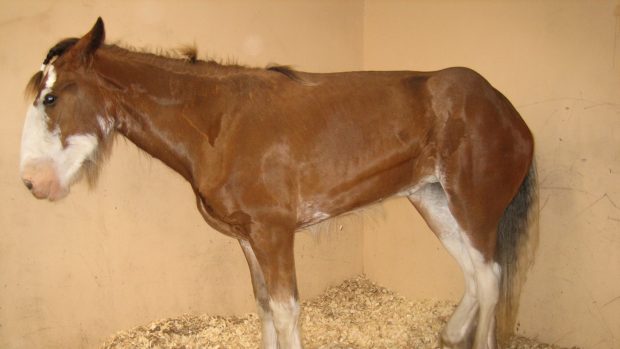Equine grass sickness (EGS) could be linked to levels of heavy metals in the soil, research by the School of Pharmacy at the University of London has shown.
And this breakthrough could lead to new ways of treating and avoiding the condition.
The study, led by Dr Sarah Edwards, looked at metal and non-metal elements in the soil at 23 sites of EGS cases and found that these grazing areas had higher levels of soil nitrogen and significantly higher levels of iron, lead, arsenic and chromium.
Dr Edwards said: “The results show a link between toxic compounds in the soil and EGS.
“Iron uptake is linked with acid soils, while three of the EGS sites were next to motorways, which would account for the high levels of lead in the soil.”
Buttercups were also found in abundance on EGS sites.
“It’s early to suggest specific strategies, but applying lime to fields that have high levels of iron, keeping the soil pH level balanced and avoiding blankets of buttercups are all sensible precautions,” Dr Edwards said.
Vet Claire Wylie of the Animal Health Trust warned that more research is needed before specific management strategies can be suggested.
She said: “There are potential issues with the study that make it difficult to say with certainty how it might affect the wider horse population.
“It would be premature to recommend novel approaches based on these findings alone.”
But owner Nicky King, who lost her mare to EGS two years ago, welcomed the research saying: “We are never going to find a cure until we understand what causes it. Any research has to be a positive step.”
This article was first published in the current issue of Horse & Hound, 11 November ’10




